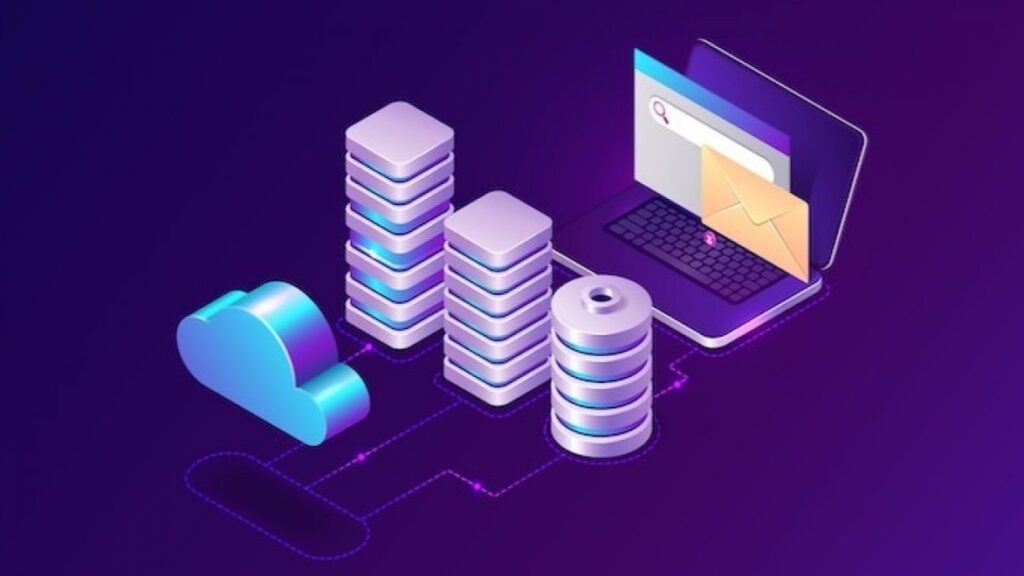Picture this: It’s the start of Q4, and your logistics team logs into a trusted vendor portal for a routine inventory sync. Unbeknownst to them, a zero-day exploit embedded in the vendor’s update has just slithered into your network, courtesy of a state-sponsored actor targeting global manufacturers. Within hours, ransomware encrypts critical SaaS data, exfiltrates intellectual property, and cascades through your supply chain partners. The fallout? Production halts, contracts evaporate, and your recovery bill climbs past $4 million. This isn’t a relic of SolarWinds or Log4j—it’s the brutal reality of 2025, where supply chain attacks have doubled in frequency since April, hammering IT and tech firms with ransomware, data theft, and sophisticated exploits.
As digital transformation accelerates, supply chains are more interconnected than ever, but so are the vulnerabilities. The Verizon DBIR pegs third-party breaches at 30% of incidents this year, while IBM clocks the average cost at a staggering $4.44 million per breach. Gartner’s Hype Cycle places supply chain cybersecurity at the Peak of Inflated Expectations, underscoring the hype around solutions amid escalating risks. Yet, with less than half of organizations monitoring even 50% of their extended supply chain for threats, many are flying blind. The World Economic Forum’s Global Cybersecurity Outlook 2025 warns of growing complexity and oversight gaps, turning suppliers into unwitting gateways for attackers.
In this piece, we’ll dissect the surging tactics behind these attacks, why visibility remains the Achilles’ heel, and how MicroBackups’ intelligent monitoring and high-frequency backups act as the unbreakable link—forecasting disruptions and enabling rapid, resilient recovery to sever the chain before it snaps.
The New Battlefield: Tactics Fueling Supply Chain Mayhem
Supply chain attacks aren’t blunt instruments; they’re precision strikes exploiting trust in the ecosystem. In 2025, they’re accelerating and evolving, per ReversingLabs’ Software Supply Chain Security Report, with threat actors shifting from opportunistic hacks to targeted, multi-vector campaigns.
Software Supply Chain Sabotage leads the pack. Malicious code injections into open-source libraries or vendor updates—like the recent 3CX and MOVEit echoes—allow attackers to pivot laterally across ecosystems. NIST’s C-SCRM guidelines highlight how these tamper with build pipelines, embedding backdoors that persist post-patch. Ransomware groups are all in, using supply chains for initial access, then deploying wipers or encryptors that ripple outward.
Third-Party Vendor Exploitation is the silent killer. With SaaS integrations multiplying, a single weak link—like an unpatched API in a cloud provider—exposes downstream partners. Cyble reports a surge in zero-day exploits targeting these vectors, often paired with social engineering to phish credentials from supply chain insiders. Data theft is the new extortion currency: Attackers grab blueprints or customer lists, threatening leaks unless ransoms flow.
Emerging twists include AI-augmented reconnaissance, where bots map supply chain topologies via public APIs, and “island-hopping”—leaping from small suppliers to crown jewels like energy grids or healthcare networks. Everstream Analytics notes how digital tools amplify these risks, with geopolitical tensions (think nation-state ops) blending into cybercrime. Sectors like manufacturing and finance are reeling, with attacks up 100% year-over-year in some reports.
The human factor? Insider threats, accidental or coerced, compound the chaos. Splashtop’s 2025 trends forecast continued dominance of these attacks, urging resilience beyond perimeter defenses.
Visibility Void: Why Reactive Measures Are Doomed
Firewalls and endpoint protection? They’re perimeter relics in a supply chain world. Attacks bypass them via trusted channels, leaving orgs to chase shadows during weeks-long investigations. Average dwell times hit 21 days, per industry benchmarks, with recovery dragging months for entangled ecosystems.
The core issue: Lack of visibility. Only 26% of firms integrate active threat intel into supply chain responses, per SecurityScorecard’s trends report. Siloed tools miss the forest for the trees—vendor logs in one dashboard, your backups in another—while compliance lags (think SOC 2 or ISO 27001 audits that overlook upstream risks).
Proactive shifts are essential: End-to-end monitoring, automated anomaly detection, and segmented backups that isolate clean data. But true power lies in prediction—AI-driven forecasting that spots vendor anomalies or API drifts before exploitation.
MicroBackups: The Resilient Link in Your Supply Chain Armor
MicroBackups isn’t just a backup service; it’s a supply chain sentinel, leveraging AI to illuminate blind spots and fortify recovery. Designed for the hyper-connected 2025 landscape, its Intelligent Backup suite turns visibility into velocity, breaking attack chains with foresight and finesse.
Intelligent Monitoring: Shining Light on Shadow Risks
MicroBackups’ AI engine casts a wide net across your ecosystem, scanning third-party integrations for “harmful changes”—suspicious API behaviors or orphaned assets that signal tampering. It auto-labels recovery points as clean or compromised, ensuring restores pull from verified snapshots. Data governance features flag dormant vendor accounts or unmonitored SaaS feeds, aligning with NIST C-SCRM for holistic oversight.
Against software sabotage? Behavioral analytics detect polymorphic injections mid-stream, alerting before encryption spreads. No more waiting for vendor patches—MicroBackups isolates and snapshots proactively.
High-Frequency Backups: Granular Defense in Real-Time
Supply chains demand speed; MicroBackups delivers with event-triggered backups during high-risk windows—like vendor updates or API handshakes—capturing minute-by-minute changes. This minimizes loss to seconds, not days, thwarting data exfiltration in double-extortion plays. Granular versioning lets you rollback specific ecosystem segments, preserving partner trust without full-system wipes.
Disaster Forecasting: Preempting the Cascade
The crown jewel? MicroBackups’ forecasting engine aggregates signals from SaaS metrics, vendor logs, and even external threat feeds to predict disruptions. Spot a zero-day ripple in a supplier’s stack? It ramps backups, enforces air-gaps, and simulates recovery paths. Natural Language UI simplifies crisis response—”Isolate finance integrations from last week”—empowering teams sans deep tech dives.
Certified for GDPR, HIPAA, and beyond, with seamless B2B integrations, MicroBackups scales from SMBs to globals, turning supply chain fragility into fortified strength.
Forge an Unbreakable Chain
2025’s supply chain attacks aren’t slowing—they’re surging, with doubled volumes and million-dollar scars testing even the toughest orgs. But visibility and resilience aren’t luxuries; they’re lifelines. By embedding intelligent backups like MicroBackups, you don’t just survive the breach—you outmaneuver it, forecasting threats and recovering flawlessly to keep commerce flowing.
Audit your vendors, illuminate the shadows, and backup like the chain depends on it—because it does. Dive into unbreakable protection at microbackups.com.
In cybersecurity, the strongest links are the ones you see coming. Secure yours today.



